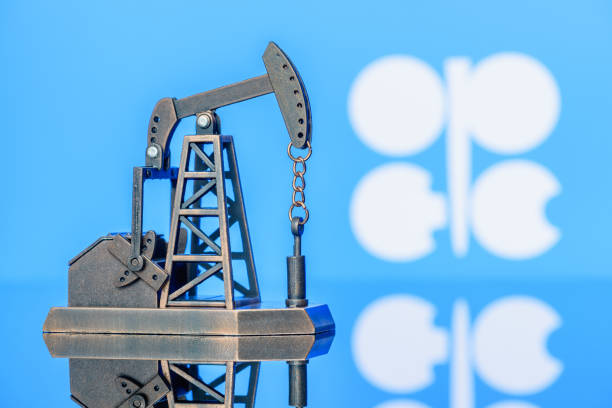The Opec+ oil cartel has announced plans to raise production again in October, continuing a six-month strategy aimed at regaining lost market share. The move, led by Saudi Arabia, comes despite weakening global demand and signals a shift away from prioritising higher oil prices.
Eight members of the group, including Saudi Arabia, Iraq and the United Arab Emirates (UAE), will increase production by a combined 137,000 barrels per day (b/d). However, industry analysts noted that only Saudi Arabia and the UAE have the capacity to meet these commitments, as other members are already close to maximum output.
Reversing Cuts Despite Price Concerns
The latest decision builds on earlier moves that saw the group restore about 2.5 million b/d this year by unwinding a first set of cuts imposed in April. Instead of pausing, Opec+ will now begin rolling back a second round of cuts from April 2023, totalling 1.65 million b/d.
So far, oil prices have held relatively stable despite the increases. Brent crude closed at $65.50 per barrel on Friday, down 2.2 per cent on the day but still higher than April’s low of $58. Market support has come from sanctions on Russia and Iran, as well as strong seasonal demand during the northern hemisphere’s summer.
Still, traders expect a surplus to develop later this year, which may deepen as Opec+ continues to expand supply.
Balancing Cuts and Internal Pressures
The cartel still has a third set of production cuts in place, totalling 2 million b/d and scheduled to last until the end of 2026. Originally announced in October 2022, these cuts helped keep Brent crude prices at an average of $101 per barrel in 2022 and $82 in 2023.
Over time, however, the effectiveness of the cuts faded, leading to tensions within the group. Some members overproduced, while Saudi Arabia shouldered the heaviest burden with a 2 million b/d reduction. According to sources familiar with Riyadh’s thinking, the political and economic costs of maintaining the cuts became too high.
By restoring production, Saudi Arabia aims not only to boost revenue but also to evaluate members’ true production capacity, which may form the basis for renegotiating quotas in the future.
Investment Gaps Across the Cartel
Saudi Arabia and the UAE have invested heavily in expanding their oil capacity, while under-investment in other member states has left them struggling to raise output. This imbalance could shape future negotiations, as countries already pumping at full capacity may face disadvantages if quotas are revised.


